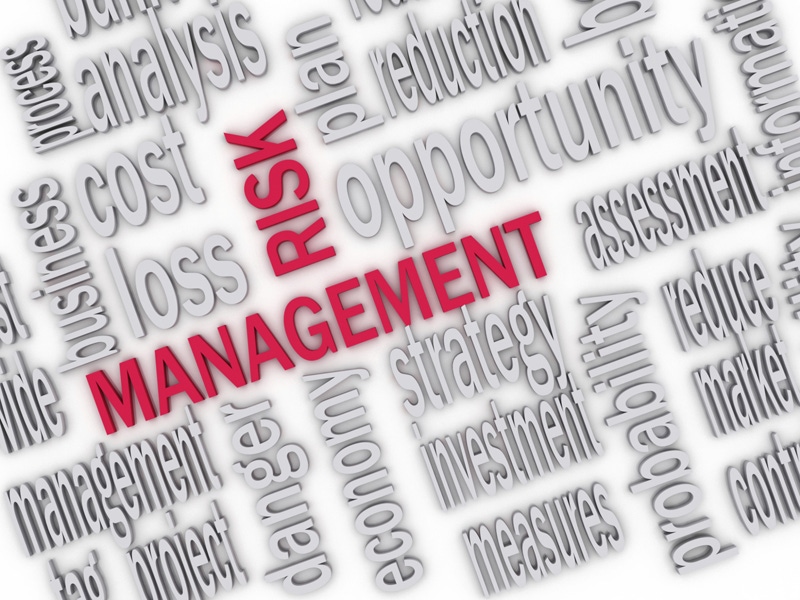
Recently, I was in Deadwood, South Dakota to conduct a producer seminar. While one may not immediately associate tourism with this Midwest town, it has a rich history dating back to the gold rush years with ties to the legends of the Wild West like Calamity Jane and Wild Bill Hickok. If the opportunity ever presents, a visit to Deadwood is certainly worthwhile.
At the seminar, one producer had an excellent question that is common among producers.He asked, “How can one effectively use risk management tools to minimize exposure to marketplace volatility.” In his case, this producer was feeding cattle and managed a cow and calf operation, but the question is very appropriate for the grain industry as well.
First, I approached the question from the financial management perspective. Especially in today’s economic cycle, working capital and liquidity are important components of risk management. A business with ample amounts of working capital will have the flexibility to negotiate cash discounts or input prices. For example, whether it is fertilizer, seed or feed, a producer with cash can make purchases at the most opportune times instead of when dictated by need. Without working capital, it is easy to fall prey to the whims of the market and get caught on the wrong side of volatility. Flexibility in marketing, buying, and selling is too often an overlooked tool in the producer toolbox as it comes from proper management, particularly in the upside of the economic cycle. In actuality, working capital is a type of self-insurance instead of depending on an operating line of credit or the sale of capital assets needed for normal operations.
Another risk management tool is insurance.This includes crop insurance, various year-to-year coverage, as well as long term insurances like disability and senior care In today’s world of tight margins, some producers have tried to decrease expenses and drop coverage. And while that strategy made reduce immediate expenses, the increased exposure could be devastating.
Next, utilizing various hedging options can be a tool with which to mitigate market volatility, but they may require the help of a marketing expert. However, one factor producers can and should know is their cost of production In managing risk, producers need to develop a projected cash flow to gain an overall understanding of revenue, expenses, and debt obligations. This knowledge is a powerful tool in risk management because even though it is difficult to know where the market will go, one can envision the financial picture in different circumstances.
Finally, the winter is a great time to brush-up on new risk management tools through an educational seminar, online or in-person. As an important tool in business strategy, risk management options change and evolve just as operations have varying needs. In using risk management effectively, producers must manage wisely to increase flexibility, maintain good financials to be armed with knowledge, and stay educated on the options available to efficiently match needs.
About the Author(s)
You May Also Like






